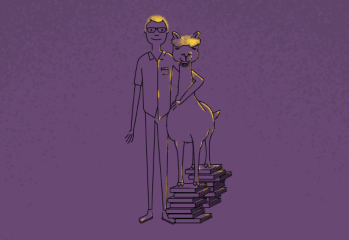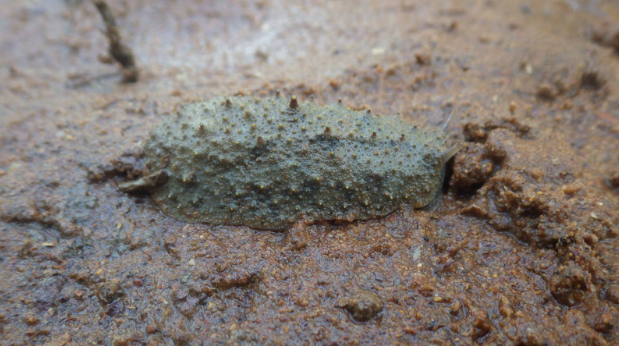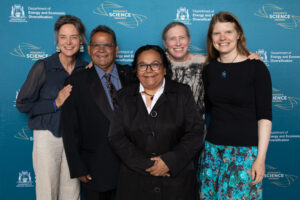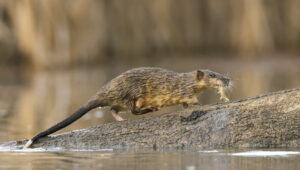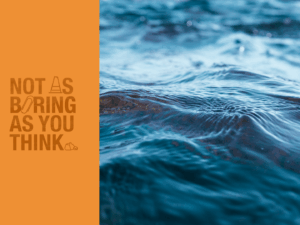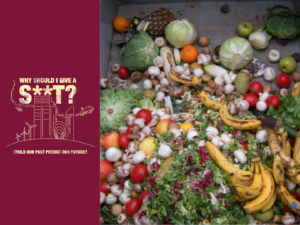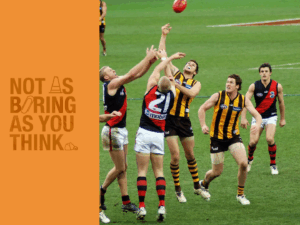WA is globally renowned for its flora and fauna diversity. Yet there’s one species that’s just as diverse but far less understood: marine slugs.
For almost 80 years, the Onchidiidae marine slug family was a taxonomist’s nightmare.
Taxonomists are the scientists tasked with studying and classifying all life on Earth. (No big deal!)
Throughout the 1800s, things were booming for mollusc experts. Several enterprising taxonomists had discovered and classified slugs into the Onchidiidae family.
By the mid-1930s, work essentially ceased. Then 80 years of silence.
A SLUGGISH EFFORT
Most species had been described based on preserved specimens from long ago.
It became impossible to find information on the colour and shape of living creatures, and preserved samples were limited.
The challenge was too big, so taxonomists moved on to other things.
But Pennsylvania State University Associate Professor Benoît Dayrat took up the challenge.
Caption: Benoît Dayrat is on a quest to describe the world’s mysterious marine slugs
Credit: Supplied Benoît Dayrat
PUTTING SLUGS ON THE MAP
For the past two decades, Benoît has been on a mission to learn more about the mysterious Onchidiidae.
He has hopped across the Indo-West Pacific to locate, identify and classify their biodiversity.
“I studied them everywhere from South Africa all the way to Hawaii and Indonesia, the Philippines, India and also in Australia,” says Benoît.
Benoît’s work has uncovered a grand collection of marine slugs.
Despite years of exploring and plucking the palm-sized slugs from mangroves and beach rocks, one area on his map remained blank.
“Somehow I never got to Western Australia,” says Benoît.
WA BECKONS
In 2025, Benoît is visiting Curtin University and working alongside marine scientist and Adjunct Professor Fred Wells to document WA’s sea slugs.
Fred worked for the WA Museum for more than 40 years and used to collect these slugs from the Pilbara and Kimberley coastlines.
Fred says unfortunately there wasn’t enough time to study them. They remained enigmatic.
“We’re lucky to have Benoît out here working on this group that we know virtually nothing about in WA,” says Fred.
SLUGGED
The slugs of Onchidiidae resemble the ones you might find in your garden, but they’re mainly found in marine environments.
Most measure less than 5 centimetres, and they’re a little rounder and flatter than garden slugs.
Despite their small size, Benoît says they are similar to one of the world’s biggest creatures.
“The very strange thing is that they are like whales – for the simple reason that they breathe air,” says Benoît.
Like whales, the slugs need oxygen to survive. Physiologically, this makes them unusual in terms of their behaviour and ecology.
NEW WA SPECIES UNCOVERED
Having collected specimens from Carnarvon to Broome, Benoît has begun to paint a clearer picture of WA’s slugs.
While they’re easy to collect, it’s harder to determine species without bringing them back to the lab.
“We have pretty comprehensive integrative ways of studying them where we do DNA analysis. We look at the anatomy,” says Benoît.
“After that research, we’ll have a very good idea of how many species we have, where they are distributed and so on.”
Caption: A new species of slug, from the Peronia genus, discovered in Western Australia – this specimen is about 5cm long.
Credit: Benoît Dayrat.
He notes that several new species have been identified, perhaps three from WA.
Slowly, the mysteries of the onchidiids are being revealed, which is key.
“Getting the basic taxonomy right allows you to develop a picture of how they fit into the ecosystem,” says Fred.
Unfortunately, basic taxonomy is getting harder to perform.
A CRISIS ON A CRISIS ON A CRISIS
The marine slugs Benoît and Fred have described are not under imminent threat of extinction.
However, several crises threaten our ability to understand and protect them and the environments they inhabit.
The climate change crisis is one. Extreme biodiversity loss is another.
The biodiversity crisis is compounded by a third crisis occurring in taxonomy.
Last year, a New York Times article by botanist Robert Langellier suggested the field is dying a “slow death”.
Investment into training taxonomists has been dwindling for years, including in Australia.
It’s a major concern because taxonomy underpins conservation.
“A CRITICAL SITUATION”
Without taxonomists, species will become extinct before we have a chance to discover and describe them, their habitats and their impacts on ecosystems.
“We’re in a critical situation in terms of our knowledge of the species that are present in Australia,” says Fred.
“If we don’t have that taxonomic knowledge and the people that develop it, it makes it very difficult to manage the systems.”
To fill the gaps in expertise, scientists writing in the scientific journal Nature in February 2024 suggested increasing training across “technologies such as digital and virtual reality herbaria, wildlife camera traps and environmental DNA analysis” and leaning on artificial intelligence to aid species identification.
Time will tell.
